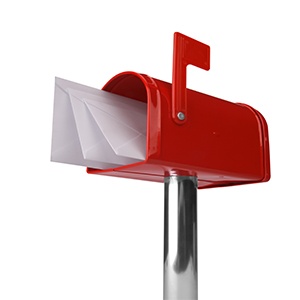
How to Evaluate Your Market Research Results
 It is evident that a quality market research project depends on proper evaluation, yet it’s frequently the hardest part of a project to tackle. Often, too much data confuses your focus and leads to inaccurate predictions. The first step is to organize and reduce your data set. But once you’ve culled and assembled your information, how do you ensure success? How do you evaluate it?
It is evident that a quality market research project depends on proper evaluation, yet it’s frequently the hardest part of a project to tackle. Often, too much data confuses your focus and leads to inaccurate predictions. The first step is to organize and reduce your data set. But once you’ve culled and assembled your information, how do you ensure success? How do you evaluate it?
First, determine whether your data is quantitative or qualitative in nature. For evaluating quantitative results, you will likely use statistical techniques that focus on the frequencies, tendencies and variability within your data set (descriptive statistics), as well as those that focus on the inferences which can be gleaned from it (inferential statistics). The first summarizes your data, and the second delivers conclusions drawn from it.
Descriptive Statistic Methods To Evaluate Quantitative Data
Focusing on the variables that are present and determining their mean, median, mode and variance are some of the first steps to understanding your data. It is the foundation on which further inferential analysis can build and allows you concise snippets of useable information.
For instance, counting the frequency of times your product has received a bad review on a survey could help you identify if a problem exists. Taking the number of bad reviews and making it a percentage (mean) of the total number of all reviews can further indicate whether it would prove beneficial to address it. Additional analysis for variables that occur most frequently (mode) or in the middle of the data set (median) can help you, as well. Similarly, the dispersion of values in your data is a great initial indicator for future focus.
Inferential Statistical Methods To Evaluate Quantitative Data
Once your data has been summarized, more in-depth evaluation can commence. Advanced statistical methods include multiple regression analysis, discriminant analysis, factor analysis, clustering, conjoint analysis and multidimensional scaling to name but a few. These evaluation tools enable you to make generalizations about your data set that simple measures of central tendencies can’t afford. For example, using multiple regression analysis, you could try to predict a consumer’s level of satisfaction with a product by asking consumers to rate the duration of technical support for the product, along with that product’s quality and cost. This method uses changes to two (or more variables) to help predict change in another variable.
Methods to Evaluate Qualitative Data
Quantitative data might not be the only data you collect, however. In the instances where you have qualitative data to assess, you will typically examine your data, comparing and contrasting it and establishing patterns within it. Keeping accurate and detailed transcripts will enable you to go through the textual details of interviews, focus groups and observations in search of themes and trends. Methods like content analysis, narrative analysis, conversation analysis, grounded theory and discourse analysis all attempt to make meaning out of personal interactions and communications. The subjective nature of this type of evaluation can provide an insight that strict numerical data lacks, making it an important piece of your market research results.
Finally, you might choose to use human or mechanical coding as a way to condense textual information into numerical data that can be statistically manipulated.
Learn More
Do all the many ways of evaluating your market research results have you confused? Contact Communications for Research to help you sort through your options and come up with a manageable and profitable plan for your business.
For more information on market research results and surveys, download our FREE eBook "The Insider's Guide to Successfully Using Market Research Online Surveys":



